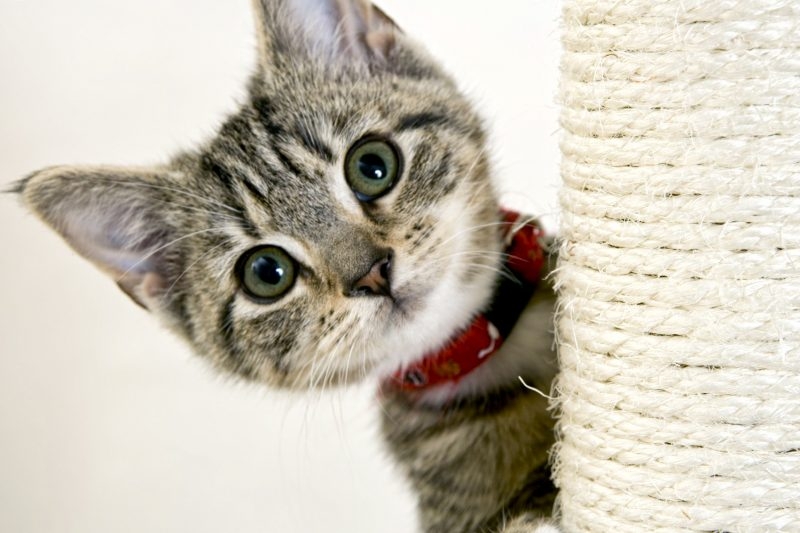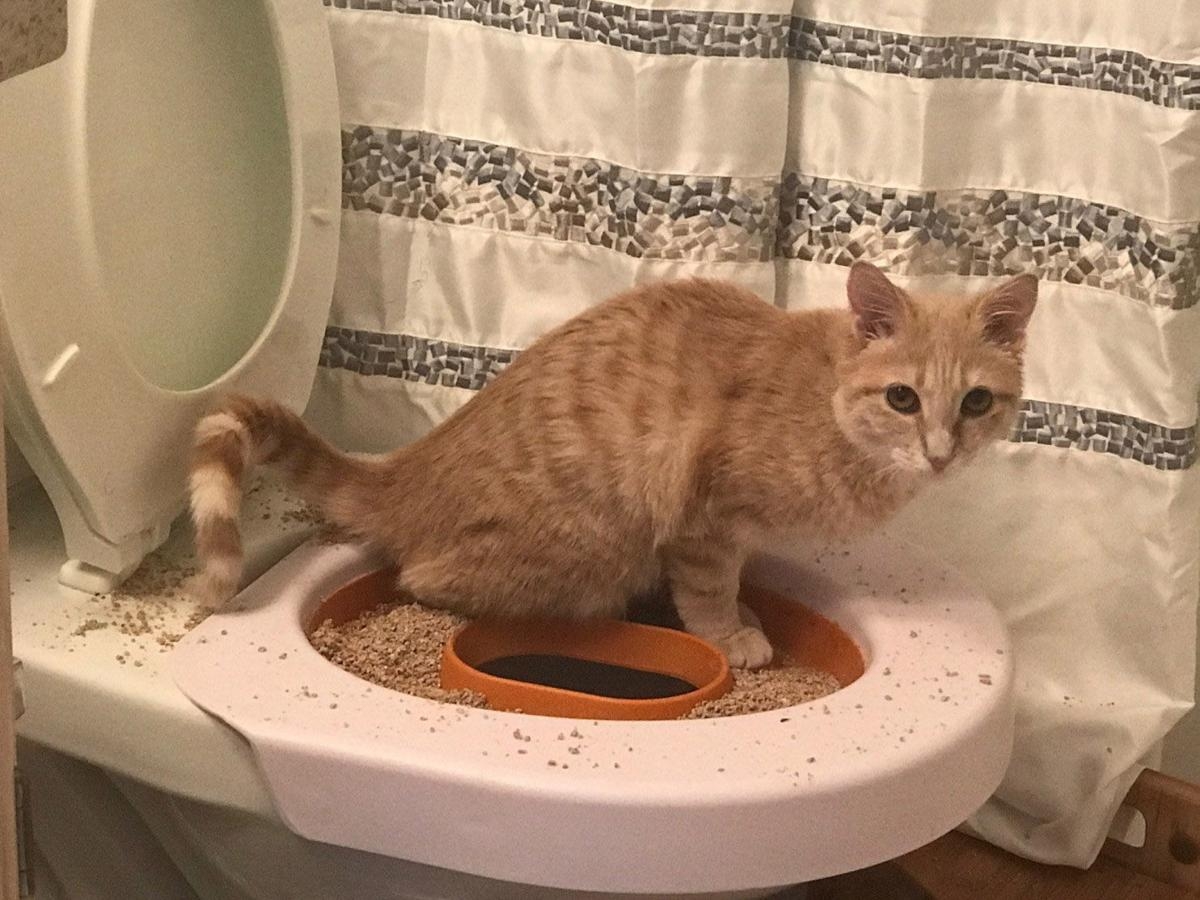How to Train Your Cats Effectively?
 Dreams About Cats: Good or Bad Omen, According to Eastern Spirituality Dreams About Cats: Good or Bad Omen, According to Eastern Spirituality |
 Top 10 Best Descriptive Essays on Cats for Children Top 10 Best Descriptive Essays on Cats for Children |
 |
| Kittens are very easy to train because they're speedy learners and naturally like to be clean. Photo: Feline Friendly Care |
You've made the decision to adopt a cat. You'll have a furry best friend for many years to come because cats make wonderful pets and the majority of breeds have extended lifespans. Together with giving them the ideal name, one of the first things you should do is house-train them.
The good news is that kittens learn quickly and enjoy being clean by nature, making them quite easy to teach. We offer all the information you need, whether this is your first cat or your newest pet needs a refresher course. Your new kitten will soon be making expert use of the litter box.
Essential Equipment
 |
| Photo: Pinterest |
You will need:
A litter box - You can choose a standard tub model, or go the whole hog with a self-cleaning litter box.
Fresh cat litter - Clay litter, recycled newsprint, Fuller's Earth and sand are a few possible choices.
A slotted litter scoop - This is for removing solid waste and litter clumps.
The House Training Process
♦ Confine your cat to a limited space with a litter box during the initial training phase. The objective, according to Love to Know, is to keep your cat or kitten close to the box so it can readily find it when needed, whether this is in the utility room or the family bathroom.
♦ As cats have an innate tendency to cover their poop, your kitty should be drawn to the litter and start utilizing the box without any difficulty. But, if your cat is using an area other than its litter box, you should add some of the waste to the litter so that your cat will be drawn to it on subsequent trips. To get rid of the accident's odor, be careful to wipe the soiled area with diluted white vinegar or an enzymatic cleaner designed specifically for cat urine.
♦ A litter box that is extremely dirty will prevent cats from learning to use the bathroom in the house, even though you only need a few of your pet's poop to make the litter more appealing. Every two to three days, clean the box as necessary, but to keep your cat on the right track, sprinkle a little bit of the dirty litter on top of the clean.
♦ Your cat should be using the litter box without any additional issues in only a few days, at which point you can give your pet more freedom. If your pet starts eliminating in unexpected places, go back to step one and carefully clean the area.
Problems with toilet training
 |
| Photo: Greensboro News and Record |
A breakdown in toilet training can often be traced back to a particular incident, such as a bout of diarrhea or a disruption in the cat's normal daily routine. If a kitten or cat persists in soiling an inappropriate area, the following guidelines may help to solve the problem.
Maintaining a clean litter box is important, but be cautious as many cats dislike the smell of potent disinfectants.
Ensure that the litter box is hidden and far enough away from the feeding area.
Ensure that the cat can fit comfortably in the litter box.
Make sure the box's sides are not too high for a kitten to climb up.
Make the area as uninviting as you can if the cat decides to relieve itself in one particular location. Alternately, relocate her bed or food bowls there. Most cats won't urinate where they eat or sleep.
Reduce any disruptions to the cat's routine as much as possible, and look around to see if there are any new cats (or dogs!).
Use a different kind of litter if you can. Your cat might be put off by the deodorant in some cat litter.
If you happen to catch your cat in the act, startle her by lightly spraying him with water from a water gun or bottle spray. The cat won't get hurt, but she might be discouraged from making the same mistake again.
If none of these tactics work, take your cat to the vet to be examined to make sure there are no underlying medical issues.
| What If Cat Stops Using the Litter Box? Even when the litter box is clean, there might be something wrong if your cat begins to suddenly pee outside of it. A change in the family dynamic, such as a move to a new home or the birth of a child, frequently causes your pet to abandon its usual tidying up routines. Your cat may urinate in unexpected places like your kitchen sink or bathtub if it has a common health issue like a bladder infection. If your cat has a bladder infection, you might also notice a small amount of blood in the urine. Take your cat to a vet if this is the case so they can treat it. According to BHG, your veterinarian may advise antibiotics to treat the illness and a low-ash food to help stop further outbreaks. If your cat is not neutered, that is another reason why it might stop using the litter box. Male cats in particular may start spraying or marking their territory on your home with urine. For this reason, you should neuter your cat as soon as you can if you haven't done so already. Unless you forget to keep the litter fresh, a happy, healthy, neutered cat won't typically skip a trip to the bathroom. |
The good news about house training cats is that once your first cat is trained, any subsequent cats will typically train even more quickly since they will be following in the footsteps of a "seasoned" cat. Cats, however, are frequently erratic. As was already mentioned, your cat's capacity to learn new behaviors can be significantly impacted by both environmental and psychological stressors. Setting the right environment for housetraining your cat will help ensure that it goes smoothly.
 How to teach your children to become independent? How to teach your children to become independent? Every child has to grow up so learning to become independent is an essential skill that parents should teach their children. Follow those instructions to ... |
 How to ride a bike without training wheels How to ride a bike without training wheels Learning how to ride a bike is a fun journey bringing wonderful experiences for any children. Normally, children will start off with a bike with ... |
 How to dress properly and smartly for interview How to dress properly and smartly for interview Showing the interviewer that you understand the style of the position and the company is the start of building rapport and trust in the job ... |























